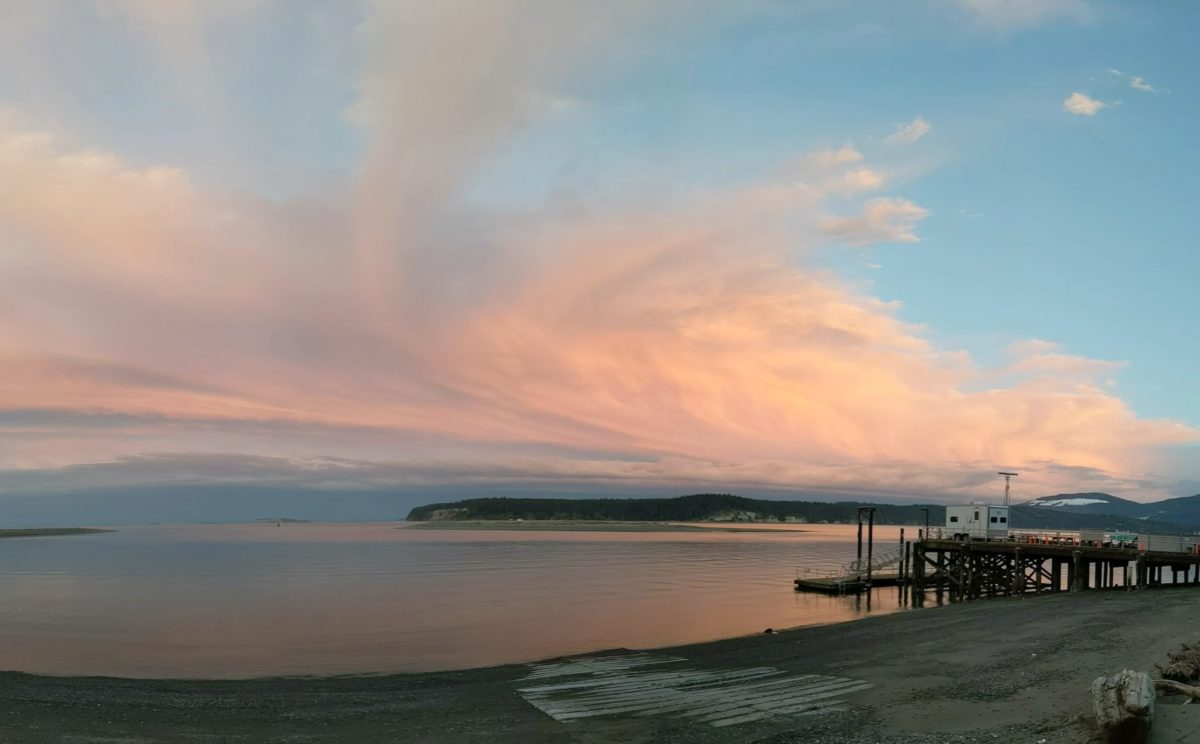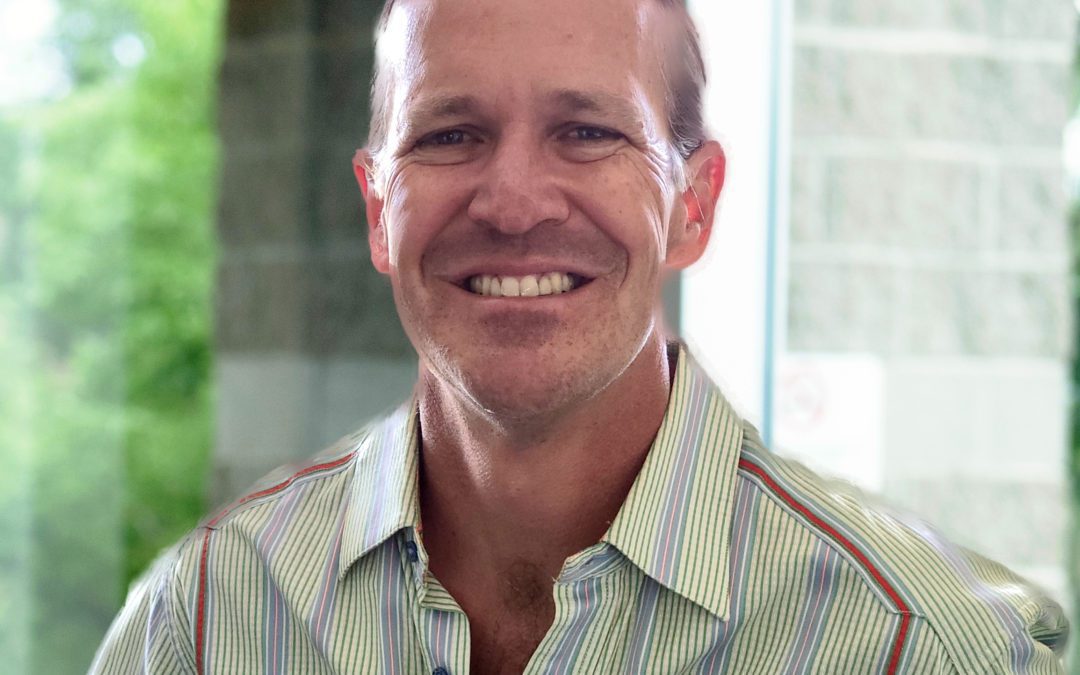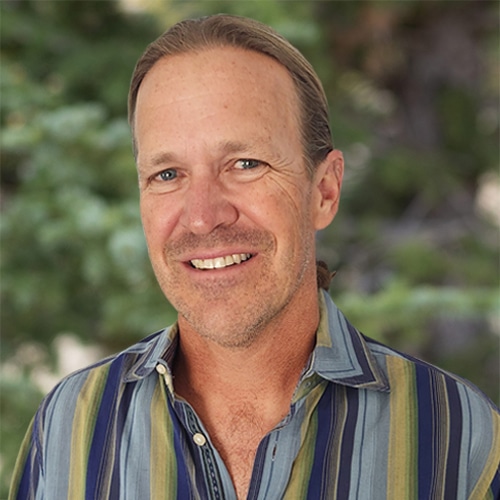
Mr. Frank Spada is a proven developmental engineer and ocean engineering technician. He has 24 years of experience in the oceanographic technology field, specifically in the design, development, fabrication, and implementation of oceanographic sensor systems and monitoring platforms. He has designed, constructed, and deployed platforms for research instrumentation in lakes, rivers, and surf zone, coastal, and deep ocean environments. Mr. Spada is responsible for the organization and coordination of technical activities and field operations for research programs. His key strengths and skills are as follows:
- Project coordination and organization
- Project management
- Hardware development
- Systems design
- Field operations
- Staff management and team leadership
- Software development
- Electronics design
B.S., Geology, University of California, Santa Barbara, California, 1998
Hazardous Waste Operations and Emergency Response 40-Hour Certification (2009; refreshers 2010 to present)
Hazardous Waste Operations and Emergency Response Supervisor Training (2015)
First Aid and CPR Certified (2011)
Work Care Medical Surveillance (since 2014)
BOSIET OPTIO including HUET & EBS (2017)
Frank W. Spada Senior Scientist
Mr. Frank Spada is a proven developmental engineer and ocean engineering technician. He has 24 years of experience in the oceanographic technology field, specifically in the design, development, fabrication, and implementation of oceanographic sensor systems and monitoring platforms. He has designed, constructed, and deployed platforms for research instrumentation in lakes, rivers, and surf zone, coastal, and deep ocean environments. Mr. Spada is responsible for the organization and coordination of technical activities and field operations for research programs. His key strengths and skills are as follows:
- Project coordination and organization
- Project management
Mr. Frank Spada is a proven developmental engineer and ocean engineering technician. He has 24 years of experience in the oceanographic technology field, specifically in the design, development, fabrication, and implementation of oceanographic sensor systems and monitoring platforms. He has designed, constructed, and deployed platforms for research instrumentation in lakes, rivers, and surf zone, coastal, and deep ocean environments. Mr. Spada is responsible for the organization and coordination of technical activities and field operations for research programs. His key strengths and skills are as follows:
- Project coordination and organization
- Project management
- Hardware development
- Systems design
- Field operations
- Staff management and team leadership
- Software development
- Electronics design
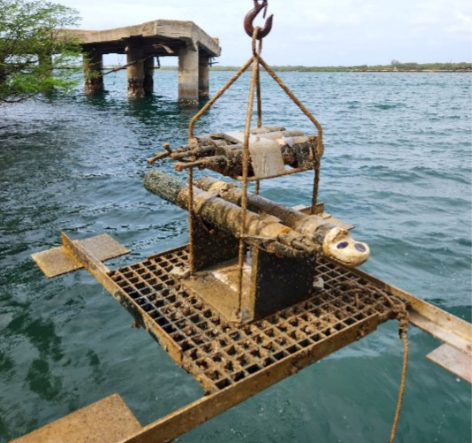
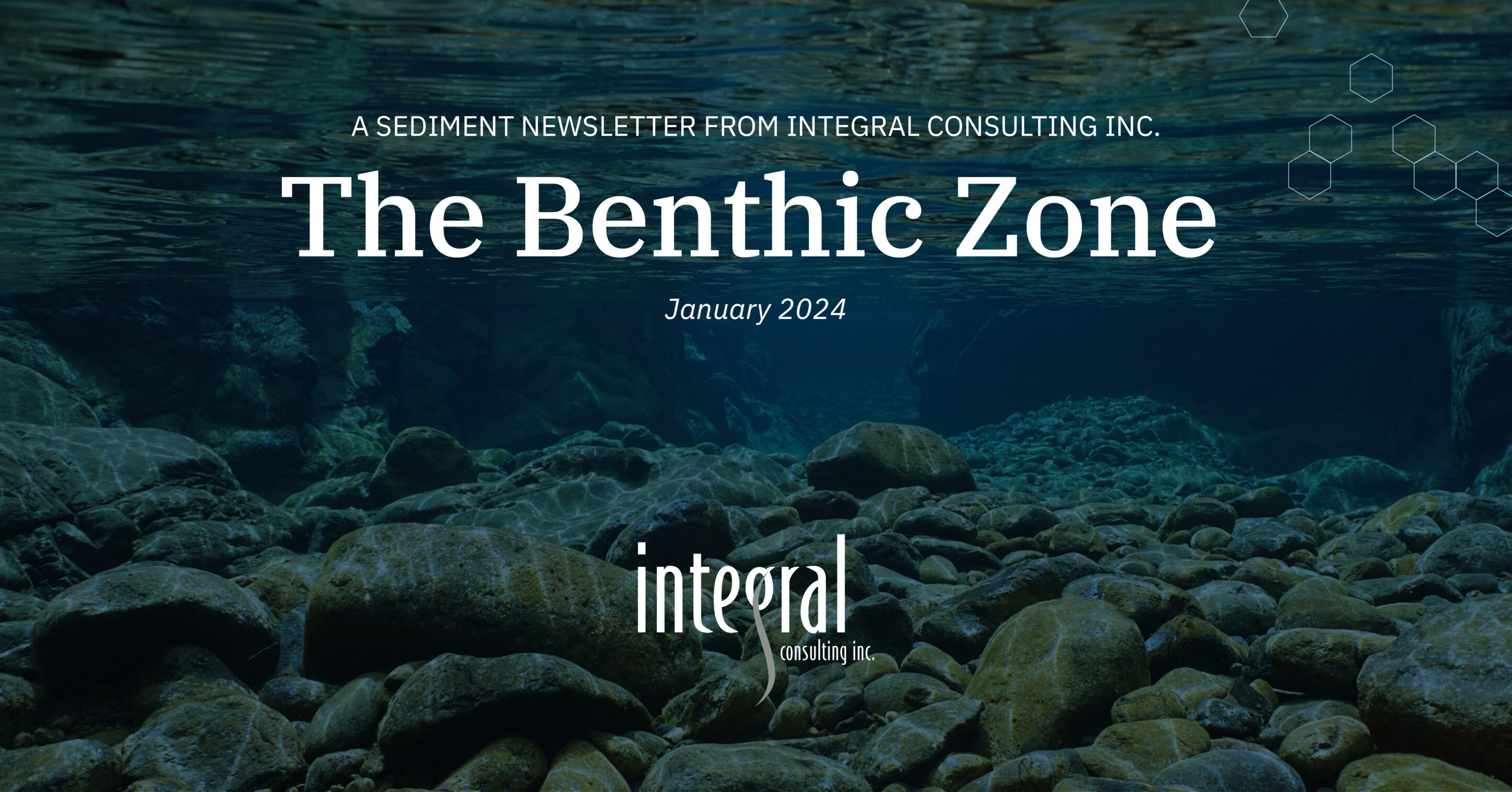
The Benthic Zone (January 2025 Edition): Integral’s Sediment Newsletter
Press Release
January 13 2025Performance Characteristics of the NoiseSpotter: An Acoustic Monitoring and Localization System
Publication
July 01 2024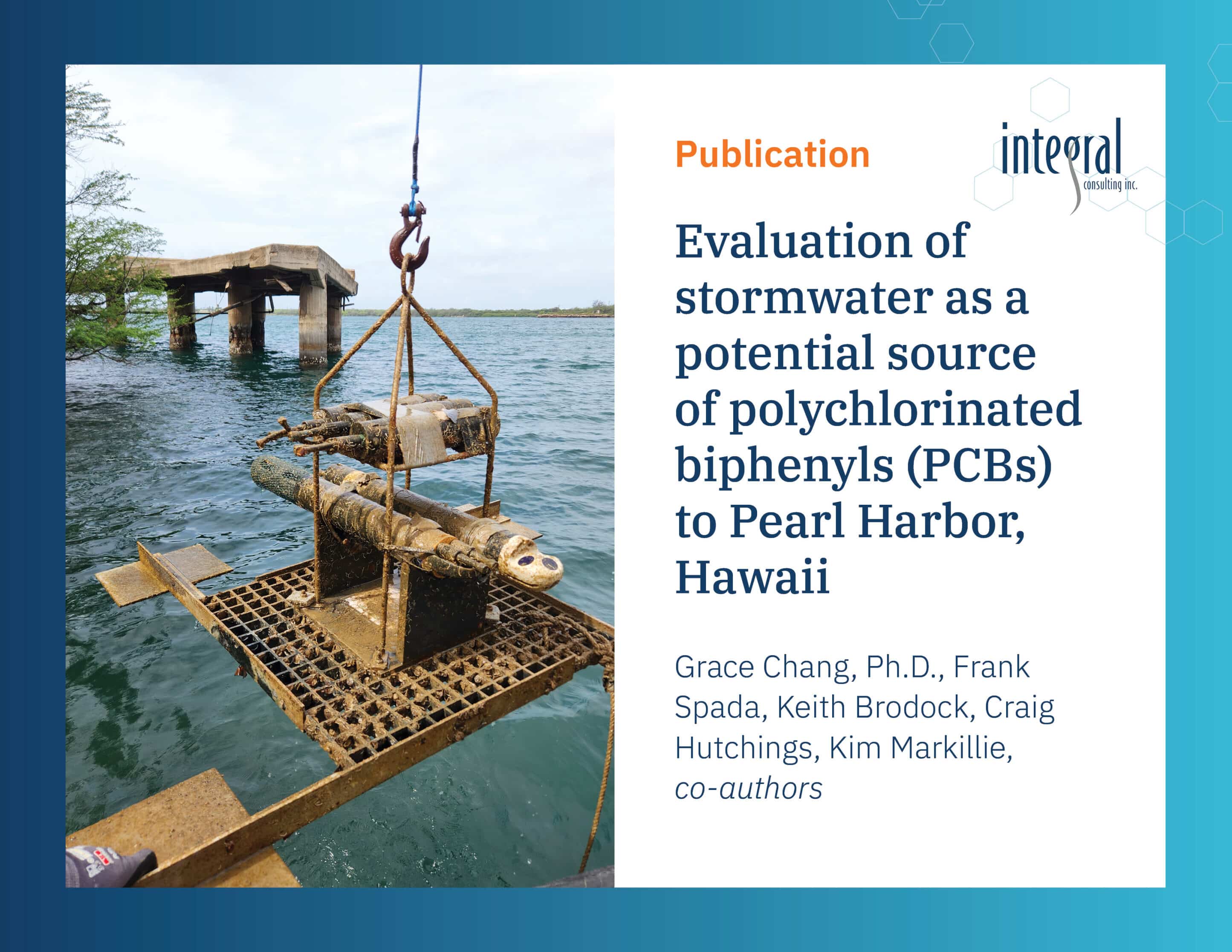
Evaluation of stormwater as a potential source of polychlorinated biphenyls (PCBs) to Pearl Harbor, Hawaii
Publication
February 21 2024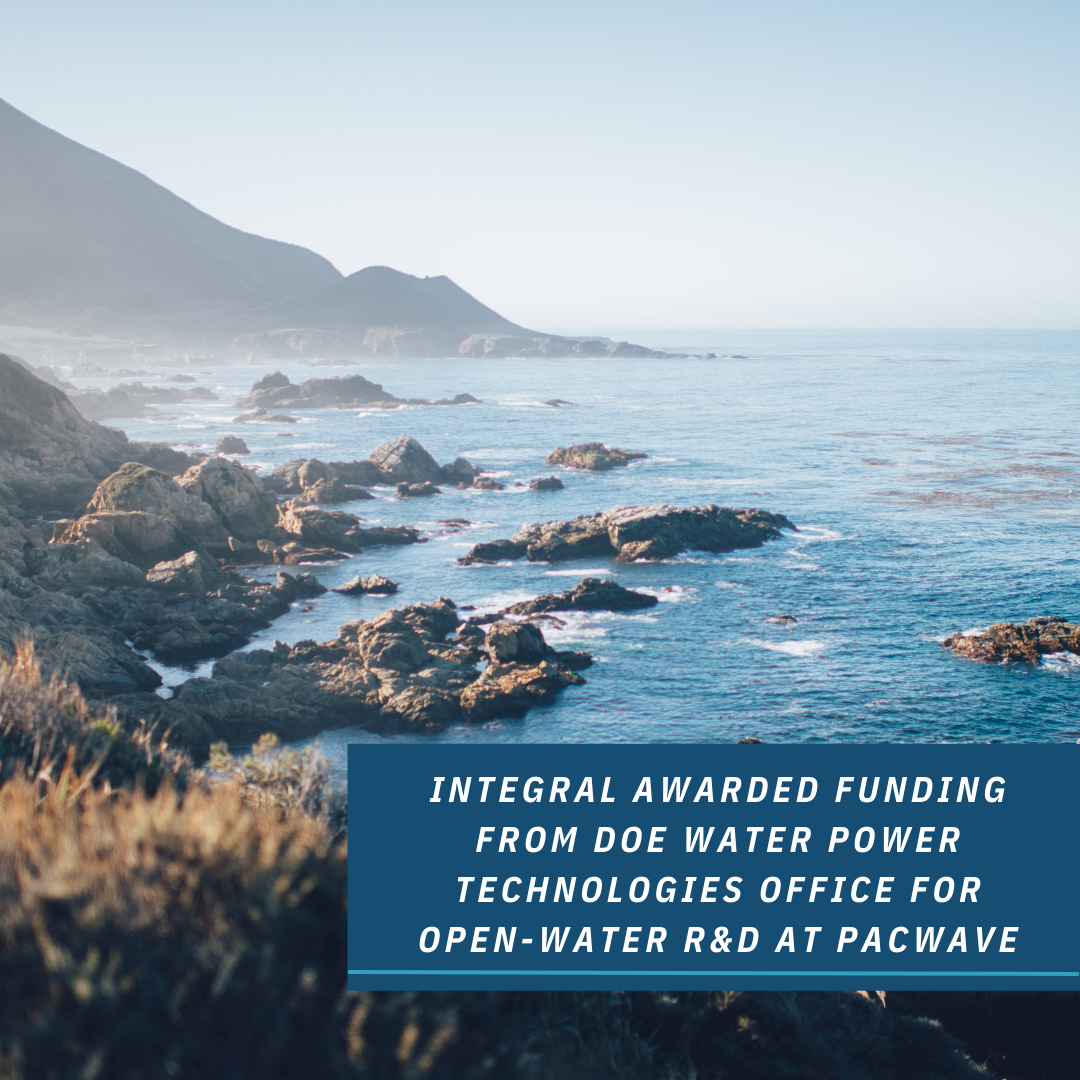
Advancing Renewable Energy: Integral Awarded Funding from DOE for Open-Water R&D at PacWave
Press Release
April 15 2022